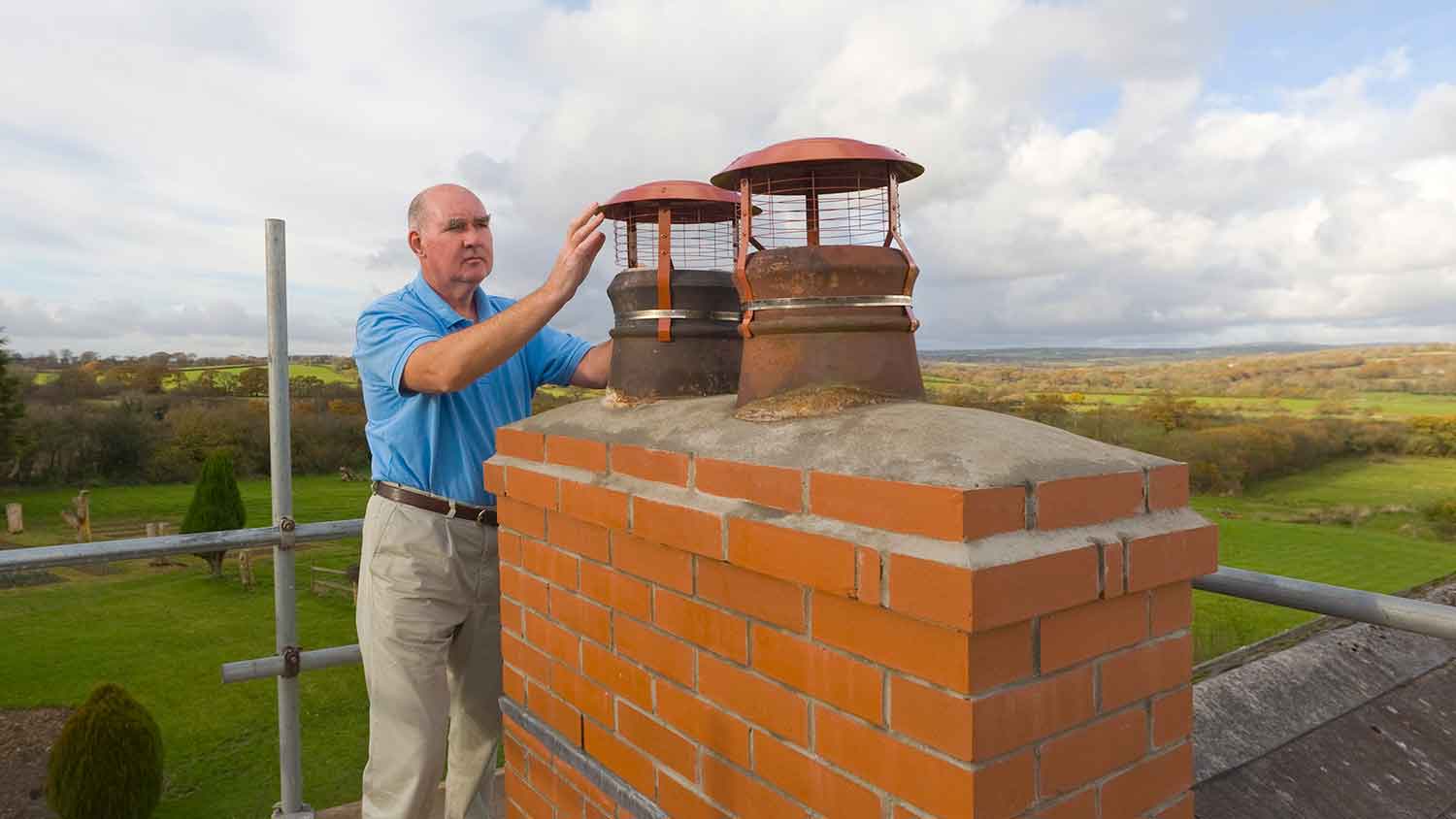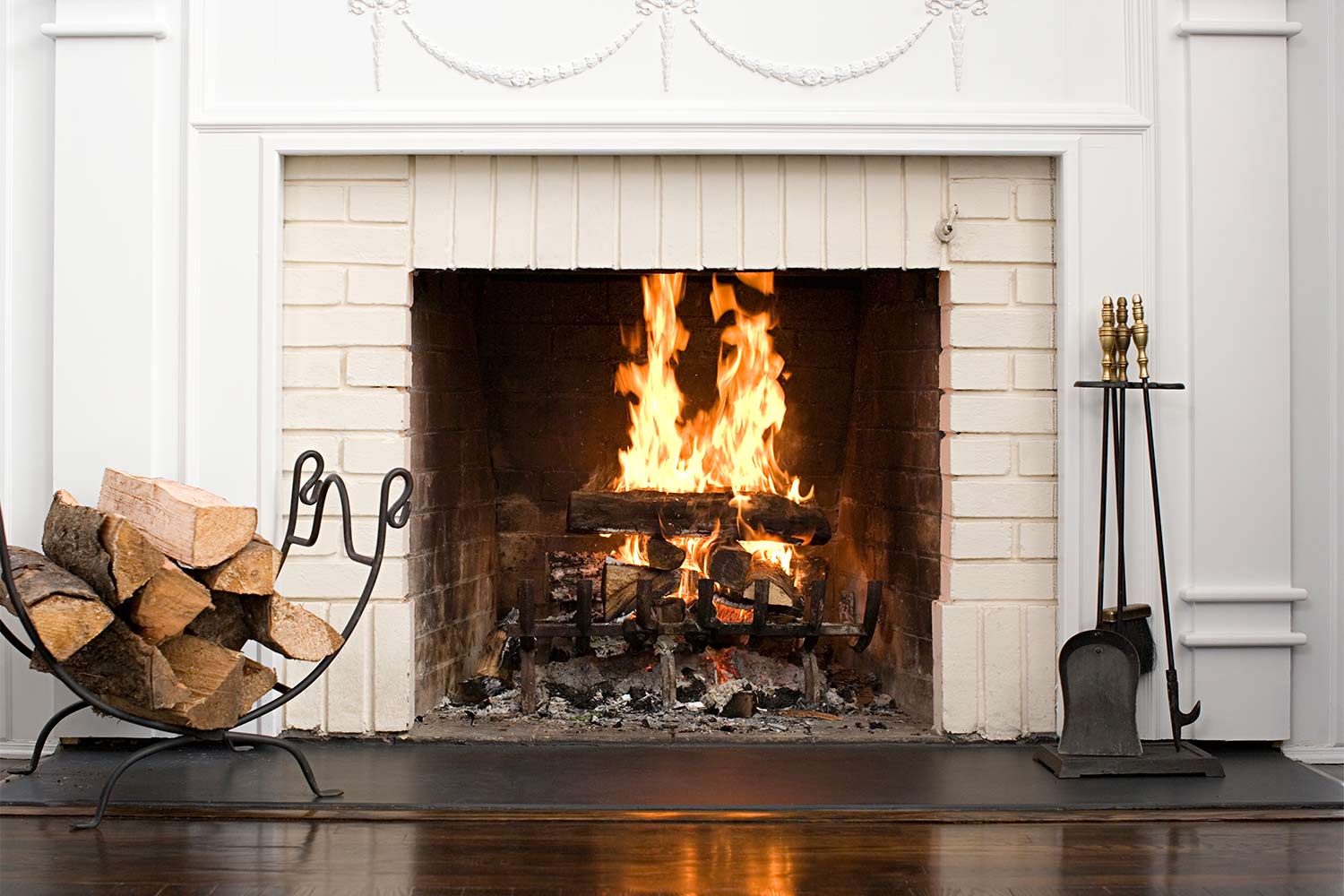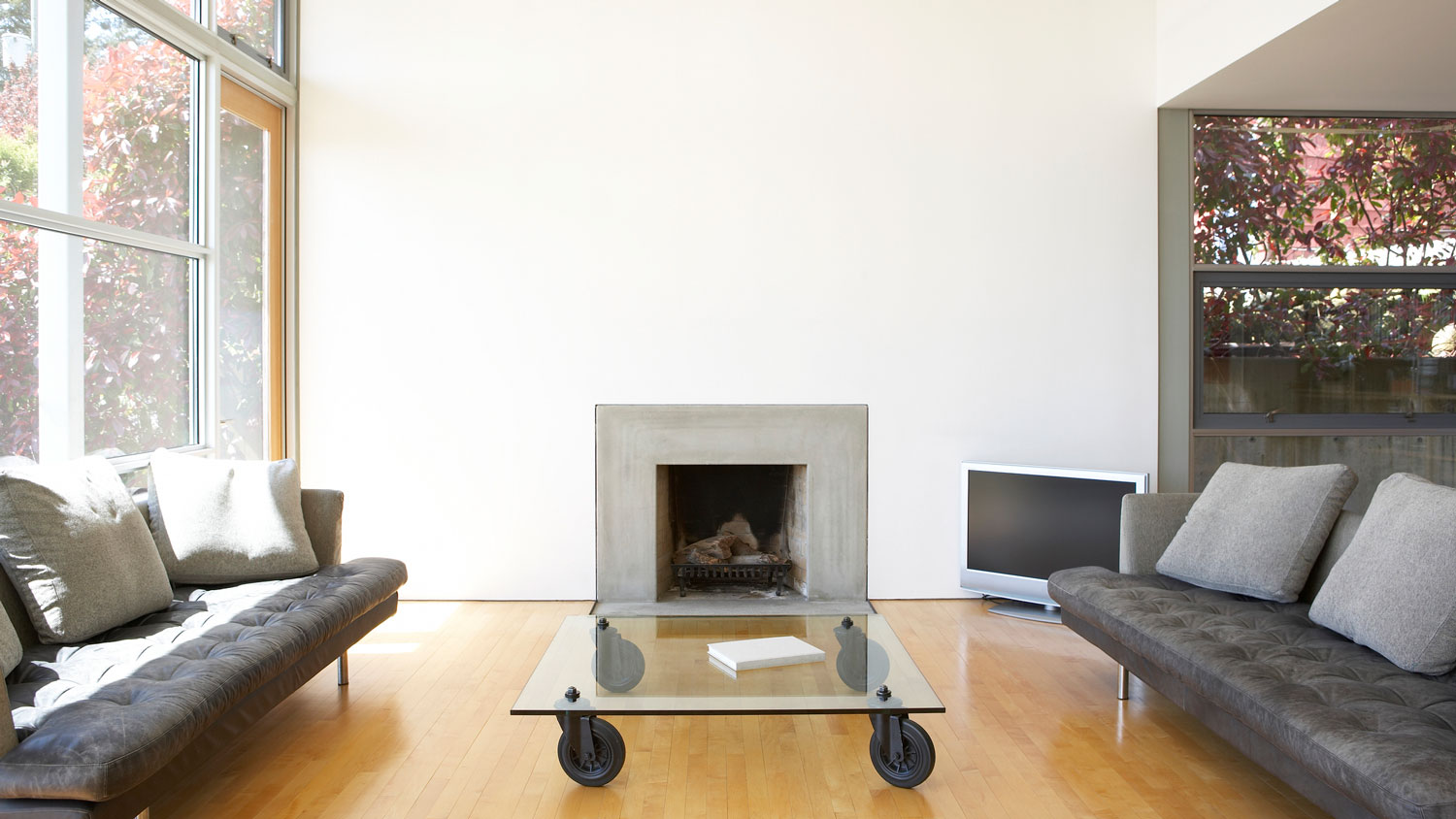
Budget for the cost to build an outdoor fireplace based on factors such as materials, fuel type, professional labor, maintenance, and more.
Fireplace remodeling costs an average of $1,200


On average, a fireplace remodel costs $1,200, with most projects falling within the average range of $400 to $2,000.
Fireplace remodel cost factors include surround materials, replacement parts, labor, and potential repairs.
Proper budgeting and hiring a professional fireplace remodeler will ensure your job goes smoothly and has a durable, high-quality result.
This article was updated using automation technology and thoroughly reviewed for accuracy by HomeAdvisor Editor Ryan Noonan.
On average, most homeowners spend between $400 and $2,000, or a total of $1,200, on fireplace remodel costs. Your final price depends on the scope of your remodel, replacements, upgrades, and the materials you pick. Set a realistic budget upfront and hire a fireplace remodeling professional to ensure the project is completed on code, safely, and without stress.
The costs to remodel a fireplace largely depend on the materials and labor required. The split varies depending on the job. For example, refacing a fireplace surround with hand-cut glass mosaic tiles costs considerably more in labor than materials because it's an intricate, time-consuming job. However, installing a stacked stone fireplace costs more in materials than labor, while a prefab wooden surround is split fairly evenly between the two.
Your material bill hinges on the scope of the remodel. Painting is the quickest facelift. Heat-resistant paint costs between $350 and $650. On the other end of the scale, you can pay up to $350 per square foot for premium marble tile, while more common natural stones like granite or quartz average $60–$70 per square foot .
For smaller jobs, a local handyperson often does the trick at $50 to $150 per hour. You can also hire a local fireplace installer, and if you're making any changes to an electric fireplace, you'll need to call a local electrician. Some jobs only take an hour or two, but larger, more challenging jobs can take several people up to a week.
Installing a prefabricated mantel, for example, will take an experienced handyperson up to four hours. For a prefabricated wood mantel, expect costs between $300 and $2,000. Installing a custom surround or a significant hearth extension can take two people four days or more and cost $2,000 to $5,000. If you need to remove the old fireplace entirely, expect average costs of $7,000 for a full removal or $1,250 for a partial removal.
The hearth of your fireplace can cost anywhere from $3 to $200 per square foot to extend. The larger the fireplace and firebox, the larger the hearth should be for the sake of safety. Plus, extending the hearth can increase the grandeur of your fireplace. Often, a hearth includes brick, concrete, or concrete overlaid with tile or stone.
As a general rule, a hearth must extend at least 16 inches in front of the firebox and a minimum of eight inches to each side. But, of course, you can go bigger than this. Instead of an extension, you can rip out the old hearth and install a new one.
Fixing or swapping the firebox—the fire-holding chamber—runs $160 to $3,500. Most remodels leave the firebox alone, but if it’s damaged, you’ll need to tackle it for safety and efficiency.
If you're converting your fireplace from wood to gas, you may need to replace or remodel the firebox. Here are some of the associated costs:
Standard fireplace insert: $700–$6,500
Replacing a dedicated gas fireplace insert: $2,000–$5,000
Switching to a gas fireplace: $500–$5,500
Full removal of the old fireplace (and chimney): $7,000
Partial removal of old fireplace: $1,250
Fireplace repairs cost between $200 and $1,000, with an average cost of $600. If cracks appear during a remodel, address them promptly to ensure the unit remains safe and efficient. In addition to fireplace repair, you may also have to repair the chimney. Chimney repair costs can range from $8,700 to $10,000 if your fireplace remodel professional finds significant issues during their inspection.

If you're refacing your fireplace, you’ll likely replace the material of the old surround with a new one. If you're ripping out the old surround, expect to pay between $500 and $1,000 in addition to the cost per square foot for the new material. The type of surround material you choose has the most significant impact on cost during a fireplace remodel, but is still less expensive than the cost to install a new fireplace.
| Surround Material | Average Cost per Sq. Ft. (All-In) |
|---|---|
| Concrete | $10–$20 |
| Wood panels | $2.50–$40 |
| Tile | $1–$40 |
| Stone | $60–$70 |
| Marble | Up to $350 |
| Brick veneer | $3–$10 |
| Natural clay brick | $25–$35 |
Concrete fireplace surrounds cost between $10 to $20 per square foot. The least expensive types are poured and precast concrete. If you want textured, dyed, or stamped concrete, you'll pay more.
For a wooden fireplace surround, you can expect to pay between $2.50 and $40 per square foot. A budget-friendly option is a prefabricated surround made of pine, cedar, or another common wood. For luxury and a higher price tag, look to exotic hardwoods, such as Brazilian cherry or Ipe, and custom-built surrounds with intricate carving and custom carpentry.
Priced between $1 and $40 per square foot, tile fireplace surrounds are a labor-intensive option. The large price range is due to the wide variety of tiles available, with porcelain, ceramic, stone, and glass being the most common options. Ceramic and porcelain are the most budget-friendly among these.
For a truly unique design, you can opt for hand-painted tiles in your choice of design. These are expensive, as the artist individually hand-paints each tile. However, the design is a one-off; to create a standout fireplace while keeping costs down, some people opt for just a handful of hand-painted tiles surrounded by plain ceramic or porcelain tiles.
A true stone surround costs $60 to $70 per square foot, while stone veneer reduces the price to $11 to $18 per square foot. This is more affordable than stone and weighs less, so reinforcement may not be necessary.
Choose from marble, granite, limestone, fieldstone, slate, or many other natural stones. While the stone itself varies considerably in price, the way it is incorporated into the surround also impacts the price. Single, carved blocks of stone are the most affordable option, while mosaic stone tiles and hand-stacked stone surrounds are the most expensive.
One of the most popular high-end fireplace surrounds, marble costs up to $350 per square foot. Marble tiles are among the most budget-friendly options, while custom hand-stacked marble surrounds are among the most costly. Polished marble exudes elegance and luxury. Tumbled and antiqued marble are popular choices for a more rustic or old-world look.
Brick fireplace surround prices range from $3 to $10 per square foot. If you're ripping out the old surround, you can build up the area around the firebox using masonry techniques. This is the most cost-effective solution. However, if you don't have room for a new, full-size brick surround but just want to reface the old one, you can use brick veneer, which installs like tile. Veneer installation costs more because it's a more time-consuming job.
While contractors may use the terms interchangeably, fireplace remodels and renovations differ in cost and scope of work. Renovation involves refreshing or improving the fireplace to elevate the space. It may include painting the fireplace, upgrading the mantle, or adding a new fire screen.
A fireplace remodel includes significant changes to its function or layout. Remodeling may involve changing the design, altering the firebox, or converting a wood-burning fireplace to gas or electric. As these jobs require more materials and labor, a fireplace remodel often costs significantly more than a renovation.
Trim your remodel bill with these budget-friendly moves:
Instead of a complete remodel, breathe new life into your original fireplace by upgrading the mantle, adding fresh paint, or changing the fire screen.
If you uncover the need for repairs, complete them as soon as possible to prevent them from becoming more significant problems.
Use budget-friendly materials in your remodel, such as concrete, brick, and tile.
Compare prices from local contractors to find the most cost-effective option in your area.
No place is more important than your home, which is why HomeAdvisor connects homeowners with local pros to transform their houses into homes they love. To help homeowners prepare for their next project, HomeAdvisor provides readers with accurate cost data and follows strict editorial guidelines. After a project is complete, we survey real customers about the costs to develop the pricing data you see, so you can make the best decisions for you and your home. We pair this data with research from reputable sources, including the U.S. Bureau of Labor Statistics, academic journals, market studies, and interviews with industry experts—all to ensure our prices reflect real-world projects.
From average costs to expert advice, get all the answers you need to get your job done.

Budget for the cost to build an outdoor fireplace based on factors such as materials, fuel type, professional labor, maintenance, and more.

Budget for gas fireplace insert costs based on factors such as vent type, labor, permits, fireplace surround material, and more.

Who does chimney inspections? Learn when to hire a chimney professional, other pro options, inspection levels, and typical chimney inspection costs

Not sure who to hire for a fireplace remodel? See when to call a fireplace contractor, masonry contractor, or handyperson—and what to expect.

Who installs fireplace inserts? Find out if fireplace companies, HVAC techs, or contractors should handle installation and how pros get it done.